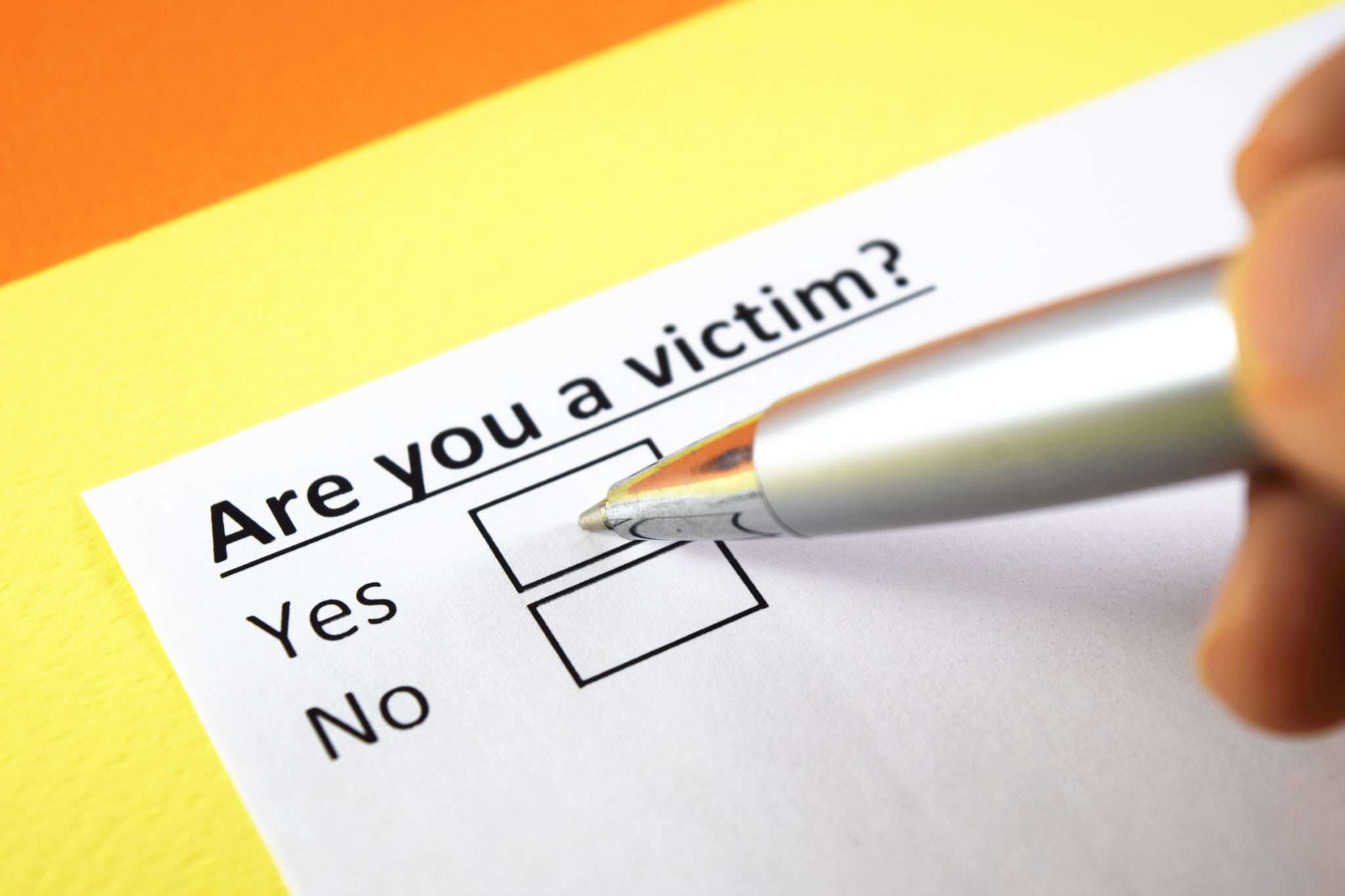Sexual violence (SV) is a serious problem that can have lasting, harmful effects on victims and their family, friends, and communities. CDC’s goal is to stop SV from happening in the first place. The solutions are just as complex as the problem.
In order to prevent SV, we must understand and address risk and protective factors at the individual, relational, community, and societal levels.
CDC developed a resource, STOP SV: A Technical Package to Prevent Sexual Violence pdf icon[2.85MB, 48Pages,508] to help communities take advantage of the best available evidence to prevent sexual violence. This resource is available in English and Spanish pdf icon[17MB, 48 Pages, 508] and can impact individual behaviors and the relationship, family, school, community, and societal factors that influence the risk and protective factors for violence. Many of the strategies focus on reducing the likelihood that a person will engage in sexual violence. The strategies and their corresponding approaches are listed in the table below.
STOP SV
STOP SV
Strategy
Approach
SPromote Social Norms that Protect Against Violence
- Bystander Approaches
- Mobilizing men and boys as allies
TTeach Skills to Prevent Sexual Violence
- Social-emotional learning
- Teaching healthy, safe dating and intimate relationship skills to adolescents
- Promoting healthy sexuality
- Empowerment-based training
OProvide Opportunities to Empower and Support Girls and Women
- Strengthening economic supports for women and families
- Strengthening leadership and opportunities for girls
PCreate Protective Environments
- Improving safety and monitoring in schools
- Establishing and consistently applying workplace policies
- Addressing community-level risks through environmental approaches
SVSupport Victims/Survivors to Lessen Harms
- Victim-centered services
- Treatment for victims of SV
- Treatment for at-risk children and families to prevent problem behavior including sex offending
Example Programs
Below are some examples of programs described in the STOP SV technical package.
See Sexual Violence Resources for more publications, data sources, and other resources about preventing sexual violence.
10 Ways to Prevent Sexual Violence
Learn how to stop sexual violence with these 10 steps.
- Know that silence does not equal consent.
- Don’t blame rape victims for the violence perpetrated against them.
- Take responsibility for your own sexuality; don’t let it be defined by your partner, the media, or anyone else.
- Do not use alcohol and/or drugs to get someone to have sex with you.
- Do not participate in sexist behavior by objectifying or stereotyping women.
- Teach everyone you know about the myths and realities of sexual violence.
- Interrupt rape jokes.
- Challenge images of violence against women in advertising, pornography, professional wrestling, and other forms of media.
- Support women and men working to end sexual violence by volunteering your time, donating money, and/or lobbying legislators.
- Recognize that sexual violence will not end until men become part of the solution.
Adapted with permission from the California Coalition Against Sexual Assault
To learn more about the WFC’s Sexual Assault Crisis Services, please click here
Hotline for Sexual Assault Victims and Survivors
If you are a Sexual Assault victim or you know of someone who has been sexual assaulted, please contact us today. If you were sexually abused or assaulted in the past, it may still be affecting your life. It may still be helpful to talk about your feelings.
24-hour Crisis Hotline
Toll free: 1-888-999-5545 (English) and 1-888-568-8332 (En Espanol)
Women and Families Direct Hotline: 203-235-4444
TTY access during office hours (Monday-Friday 9:00am-5pm) after hours use CT Relay Service 7-1-1.
SACS Resources:
What is sexual violence?

Sexual violence is sexual activity when consent is not obtained or freely given. It is a serious public health problem in the United States that profoundly impacts lifelong health, opportunity, and well-being. Sexual violence impacts every community and affects people of all genders, sexual orientations, and ages. Anyone can experience or perpetrate sexual violence. The perpetrator of sexual violence is usually someone the survivor knows, such as a friend, current or former intimate partner, coworker, neighbor, or family member. Sexual violence can occur in person, online, or through technology, such as posting or sharing sexual pictures of someone without their consent, or non-consensual sexting.
For more information about sexual violence definitions please see Sexual Violence Surveillance: Uniform Definitions and Recommended Data Elements, Version 2.0 [2.01 MB, 136 Pages, 508].
For information about child sexual abuse, please see Preventing Child Sexual Abuse.
The first step in preventing sexual violence is understanding why it happens in the first place. The root cause of sexual violence is oppression, which is the experience of widespread, systemic and repeated injustice. Many individuals and groups experience oppression on a daily basis based on:
o Race
o Sex
o Gender identity
o Gender expression
o Gender orientation
o Class
o Religion
o Citizenship
o Age
o Ability
Other factors also contribute to sexual violence. These include social and community factors like:
o Poverty
o Societal norms that support male superiority and sexual entitlement
o Societal norms that maintain women’s inferiority and sexual submissiveness
o High levels of crime and other types of violence
o Weak laws and policies related to sexual violence and gender equity
They also include individual and relationship factors like:
o Lower levels of education
o Alcohol and drug use
o Violent or emotionally unsupportive family environment
o Preference for impersonal sex and sexual risk taking
o Hyper-masculinity
o Childhood history of physical, sexual or emotional abuse
The most effective way to prevent sexual violence is through primary prevention, which means stopping it before it occurs. For prevention efforts to work, they have to target risk factors at each level – individual, relationship, community and society.
For a more complete list of risk factors for perpetrating sexual violence, see http://www.cdc.gov/violenceprevention/sexualviolence/riskprotectivefactors.html. For more information about risk factors for being the victim of sexual violence, see Chapter 6, Sexual Violence, of the World Health Organization’s World Report on Violence and Health: http://apps.who.int/iris/bitstream/10665/42495/1/9241545615_eng.pdf.
Sexual violence is a widespread problem. It happens in every community and affects people of all genders and ages. Nearly one in five women and one in 71 men are victims of rape. Sexual violence is defined as any sexual activity where consent is not freely given. Even for those of us who don’t directly experience it, we are all impacted by sexual violence because of how it affects communities and society—especially survivors and their loved ones.
Here are some tips and signs to help you be better aware and make a difference when it comes to preventing sexual assault or providing support to victims.
Signs of Distress
Whether you are a parent, educator, administrator, coworker or friend, you can make a difference in someone’s life by noticing the warning signs of sexual assault. Sexual assault can occur in many places, especially on college campuses and places frequented by students. Considering the fact that seven out of 10 cases of sexual assault involve the perpetrator being someone the victim knows, it’s not easy for victims to come forward. It can be hard for someone to open up about their experience, particularly if the perpetrator is a part of a friend group, a classmate, a family member or a familiar acquaintance. There are many reasons why a victim may choose not to report sexual assault to law enforcement or to tell anyone else. Such reasons include distrust of law enforcement, desire to protect the attacker and concern about not being believed or being treated differently.
Some of the signs of distress shown by sexual assault victims may include:
- Depression
- Changes in sleeping patterns
- Changes in eating habits
- Low self-esteem
- Increase in drug or alcohol use
- Sexually transmitted infections
- Avoiding specific places or situations
- Falling grades or withdrawing from classes
- Self-harming behaviors or suicidal tendencies
- Increased anxiety
If you notice these warning signs in someone, it’s worth reaching out to them.
When To Seek Help
After a sexual assault occurs, you may be unsure how to properly respond to or support victims. Victims may be physically hurt, emotionally drained or unsure of what to do next. If you or someone you know are the victim of sexual assault, don’t be embarrassed to ask for or provide help and support. Calling someone trustworthy such as a good friend or family member may help victims realize they are not alone and that there are people that can give them the support they need. Seek medical attention as soon as possible, as proper medical care can address any injuries that may have been incurred and also protect victims against sexually transmitted diseases and pregnancy.
There’s no timetable when it comes to recovering from sexual assault. If you are helping a victim, it’s important to listen and communicate without judgment. If they seek medical attention or make plans to report the assault, offer to be there for them and provide a supportive presence. Encourage the victim to get support from resources such as hotlines and sexual violence awareness/prevention organizations.
Situational/Preventative Tips
The aim of prevention is to stop sexual assault before it has a chance to happen. It is possible to create communities and environments where everyone is treated with respect and equality. This is done through promoting safe behaviors, healthy relationships and thoughtful policies. Prevention is everyone’s responsibility. As individuals, we all play a role in fostering a safe environment.
Here are a few things we can all do to prevent sexual assault:
- Promote and practice healthy relationships, behaviors and attitudes.
- Intervene to stop disrespectful and problematic behavior.
- Believe survivors and help them in finding resources for support.
There are also numerous actions and measures individuals can take for preventative measures in various settings where sexual assaults often occur, such as parties.
- When partying or spending time out in public, stick with your friends.
- Hold onto your drink—even when you go to the restroom.
- Don’t share drinks and don’t accept a drink from someone unless you watch the bartender pour it.
- Always keep your cell phone charged and on your person.
- Make sure you have arranged a ride home or plan to walk home with a friend or roommate.
- When on a date or dealing with someone, set clear limits and be firm. Do not give mixed messages. “Yes” means yes and “no” means no. Be sure that your words do not conflict other signals such as eye contact or gestures.
- Be independent and aware.
- Avoid secluded places where you could be vulnerable.
Businesses, schools and community settings can create proactive policies to facilitate a safer environment. Employers can conduct trainings on bystander intervention. There can also be displays of prevention messages at schools and businesses.
Five Things You Can Do To Make A Difference
The time for prevention is now. You can make a difference in the fight to stop sexual violence. Here are five things you can do to help make a difference:
If you know someone who is a victim of sexual assault, reach out to them and let them know that you care and support them.
- Make your voice heard. Contact Congress about your support for legislation to improve the criminal justice system, bring sexual predators to justice and support survivors. Contact your member of Congress about legislation that is important to victims of sexual violence.
- Donate your time. Volunteer and get involved in your community. There are so many ways to do this. Help your local rape crisis center, get involved on your campus, or volunteer for the online hotline.
- Get social. Share important information and articles to educate your social networks about sexual assault awareness and prevention.
- Join a support campaign. Help survivors and the community by joining campaigns that promote awareness and prevention as well as supporting victims.
Most victims experience sexual violence before the age of 25. Although sexual violence and sexual assault are recognized as a widespread problem in communities, organizations and across campuses, we can help prevent these senseless attacks through proper awareness and responsible actions by the community at large. Sexual assault can be prevented, so it’s important that we work together to take action.



